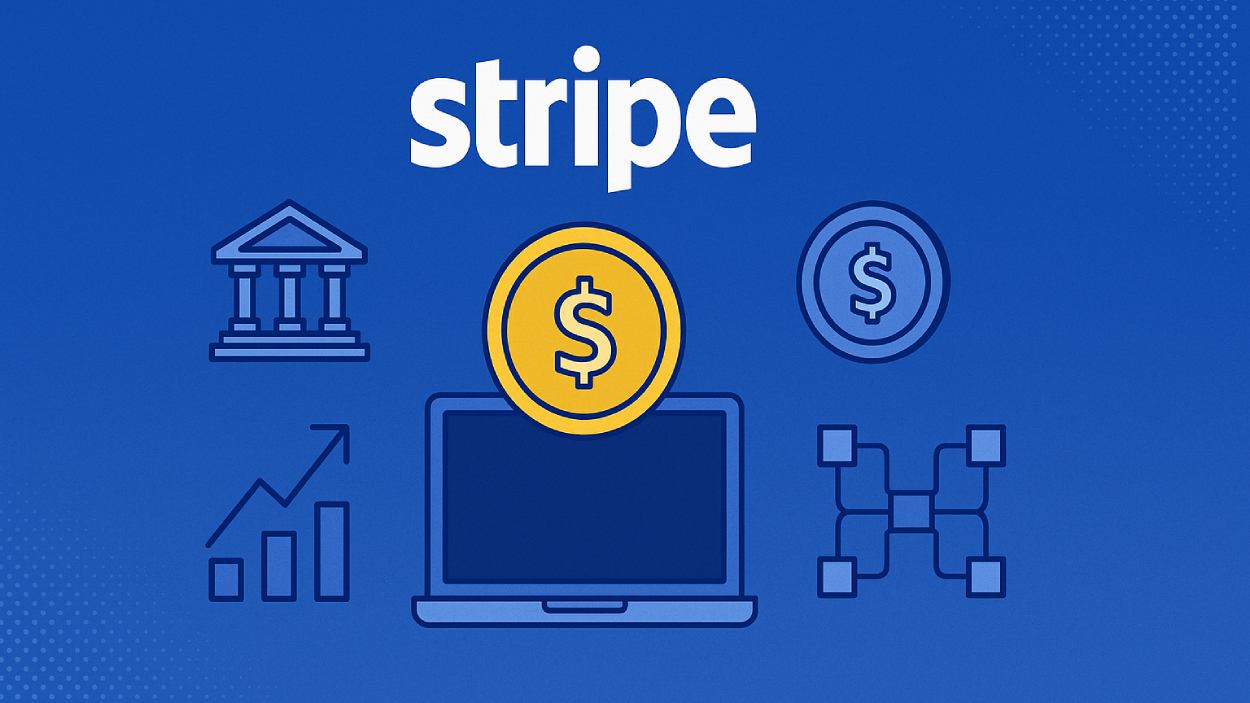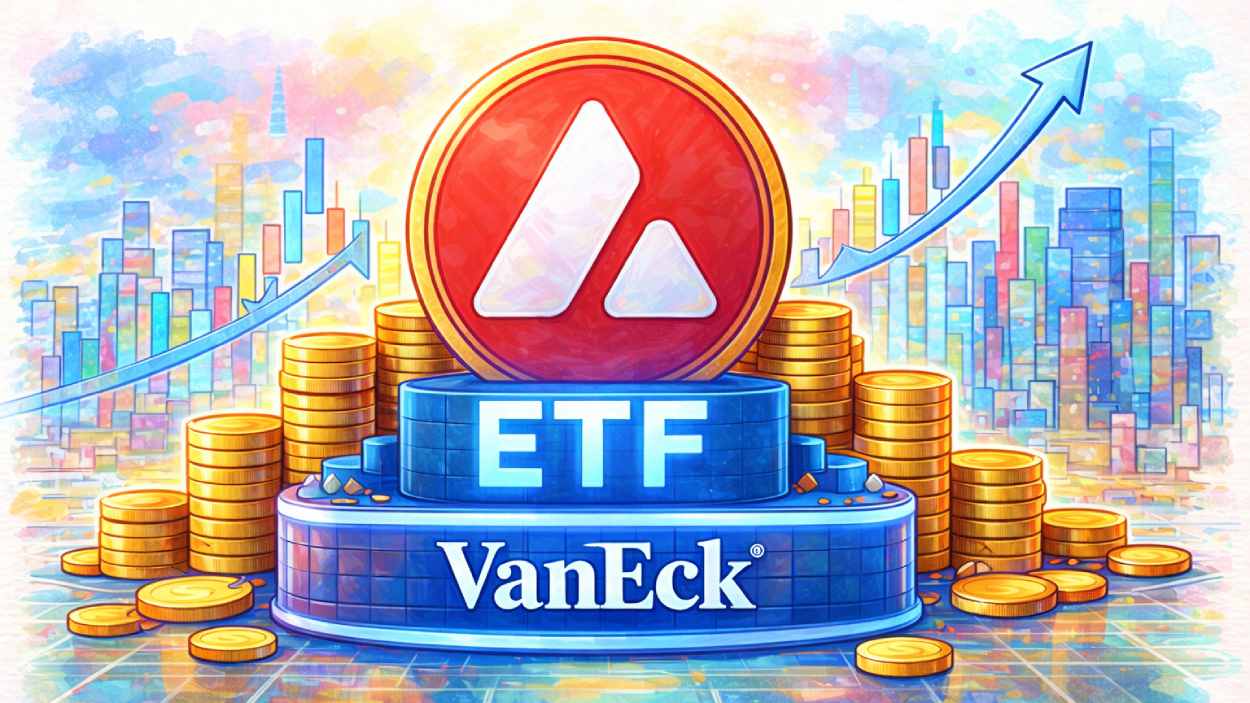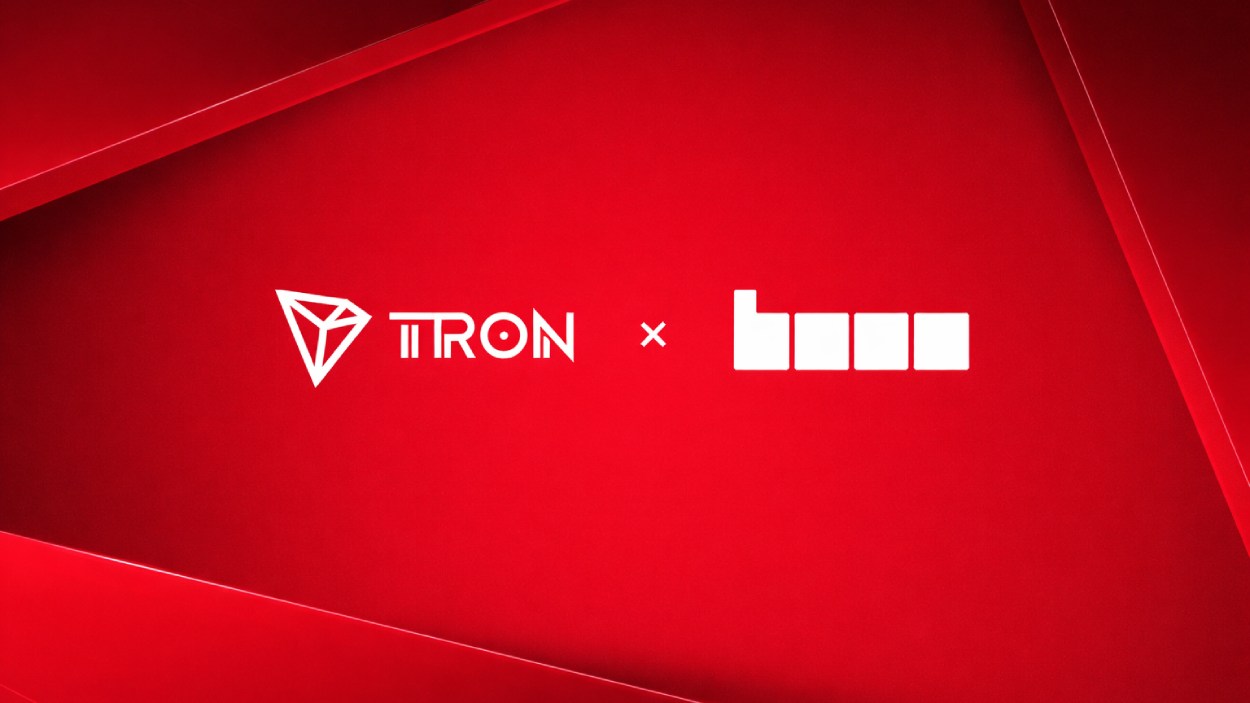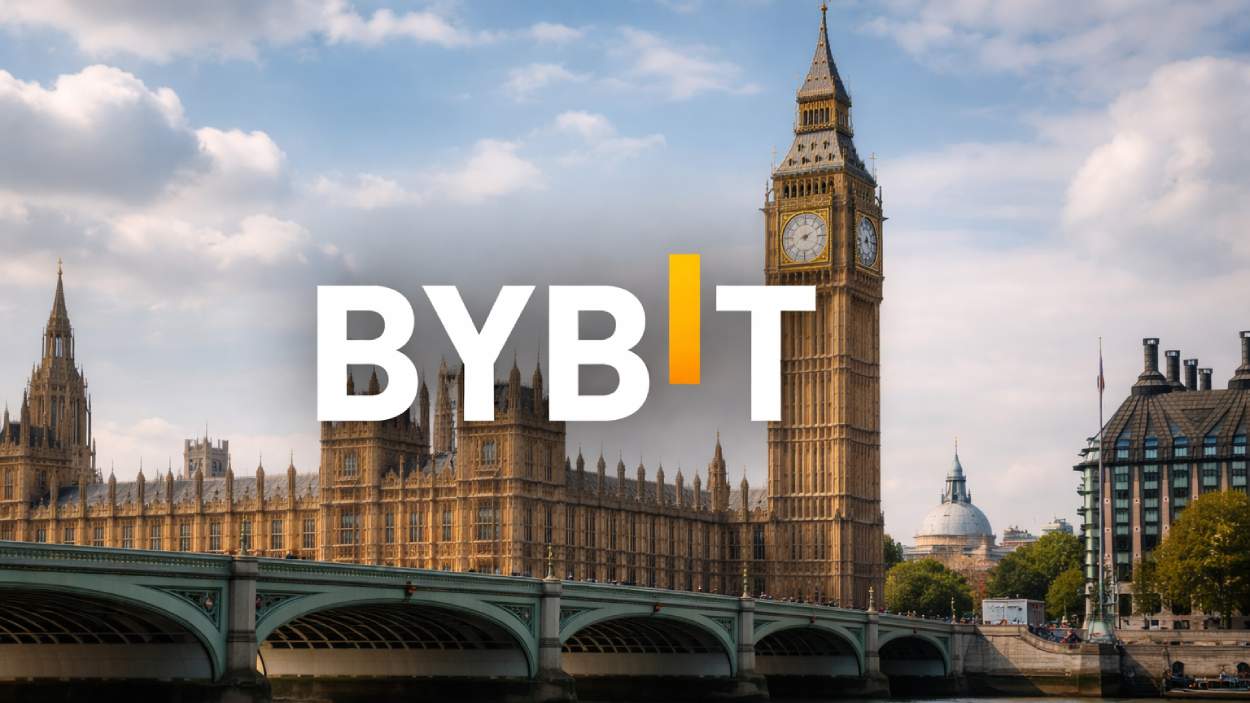Stripe has launched a new tool that lets any business create and manage its own stablecoin in just days.
Key Takeaways
- Stripe introduced Open Issuance, a platform that enables companies to issue customized stablecoins with minimal code.
- The service is powered by Bridge, a stablecoin infrastructure firm Stripe acquired for $1.1 billion in 2024.
- Stripe plans to apply for a federal banking charter and a New York trust license to meet new U.S. stablecoin regulations.
- Clients keep all interest revenue from their stablecoins, minus a starting fee of 0.5 percent.
What Happened?
Payments giant Stripe has unveiled a bold move into the crypto space with a new service called Open Issuance. This platform allows businesses to mint and manage their own stablecoins using only a few lines of code. To align with U.S. stablecoin regulations, Stripe will seek a national trust charter from the Office of the Comptroller of the Currency, along with a trust license from the New York State Department of Financial Services.
— Stripe (@stripe) September 30, 2025
Open Issuance: Custom Stablecoins for the Masses
Open Issuance allows businesses to launch stablecoins in just a few days, enabling them to mint and burn tokens, control reserve ratios, and partner with leading financial firms. The service is designed to simplify what has traditionally been a complex process requiring in-house development and legal oversight.
- Treasuries are managed by BlackRock, Fidelity Investments, and Superstate.
- Cash liquidity is provided by Lead Bank.
- Stablecoins are fully interoperable, ensuring seamless integration across platforms.
Zach Abrams, co-founder and CEO of Bridge, which powers Open Issuance, explained:
A Regulatory Push and Strategic Partnerships
Stripe is moving quickly to secure the necessary legal groundwork to operate in the fast-growing stablecoin market. According to Abrams, Stripe is preparing to apply for a national trust charter, which would let it continue offering stablecoin services after new laws take effect. The company is also applying for a New York trust license, a requirement for operating in one of the most tightly regulated financial jurisdictions.
These efforts align with the GENIUS Act, signed into law in July under the crypto-supportive Trump administration, which set out clearer frameworks for stablecoin issuers.
Growing Demand for Crypto-as-a-Service
Stripe’s new offering comes amid rising demand for white label crypto solutions. Both Binance and Coinbase have launched crypto-as-a-service platforms, offering infrastructure, liquidity, and compliance tools to banks and brokers. Stripe’s Open Issuance stands out by targeting businesses looking for stablecoin solutions specifically.
Notably, Stripe already has clients using Open Issuance, including crypto wallet providers Phantom and Metamask, and Native Markets for Hyperliquid. Stripe says these clients can create rewards and even use stablecoin yields to incentivize users.
Stripe Taps Into Trillion-Dollar Potential
With the stablecoin market currently valued at $300 billion, and the U.S. Treasury predicting it could grow to $2 trillion by 2028, Stripe is making a play for long-term dominance. While Tether and Circle remain the largest issuers, Stripe’s platform could diversify the market by enabling businesses to issue their own tokens and capture the full economic value.
Though Stripe has no current plans to issue its own stablecoin, its infrastructure opens the door for potentially thousands of customized stablecoins to enter the market.
CoinLaw’s Takeaway
In my experience, Stripe has always been about simplifying complex financial processes, and this is a textbook example. I found their entry into stablecoin infrastructure to be a smart, well-timed move. They’re not just trying to ride the crypto wave, they’re offering tools that make it easy for businesses to build meaningful, revenue-generating financial products without starting from scratch. What I love most is that it keeps control in the hands of the businesses and not the intermediaries. If you’re in fintech or global commerce, this is a major shift worth watching.

























































